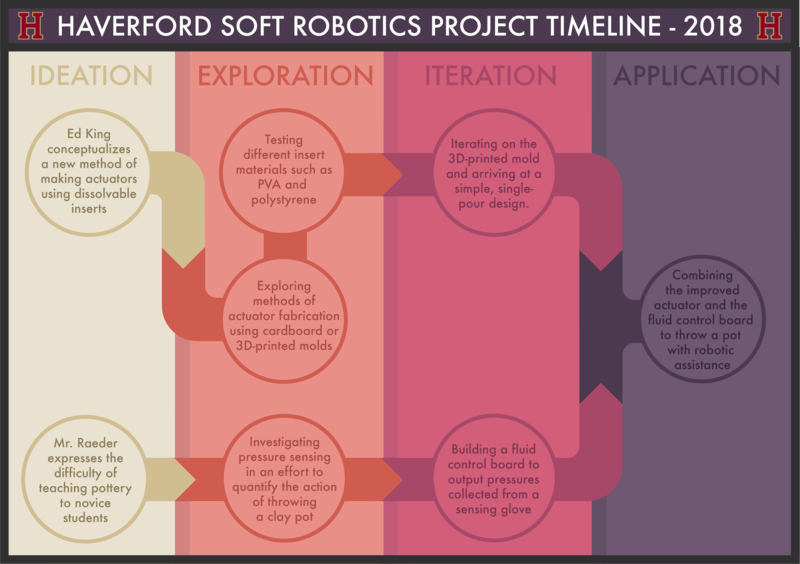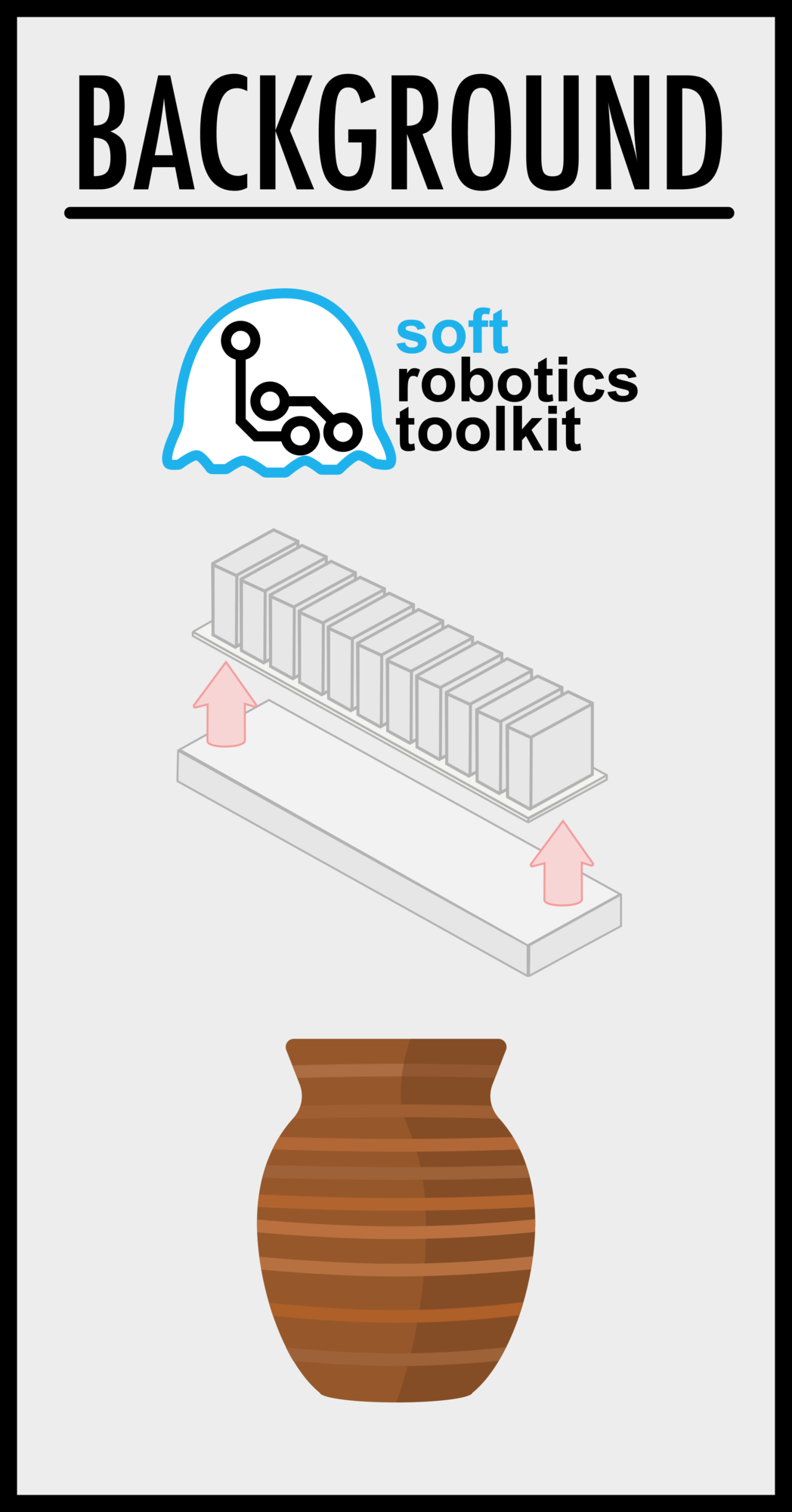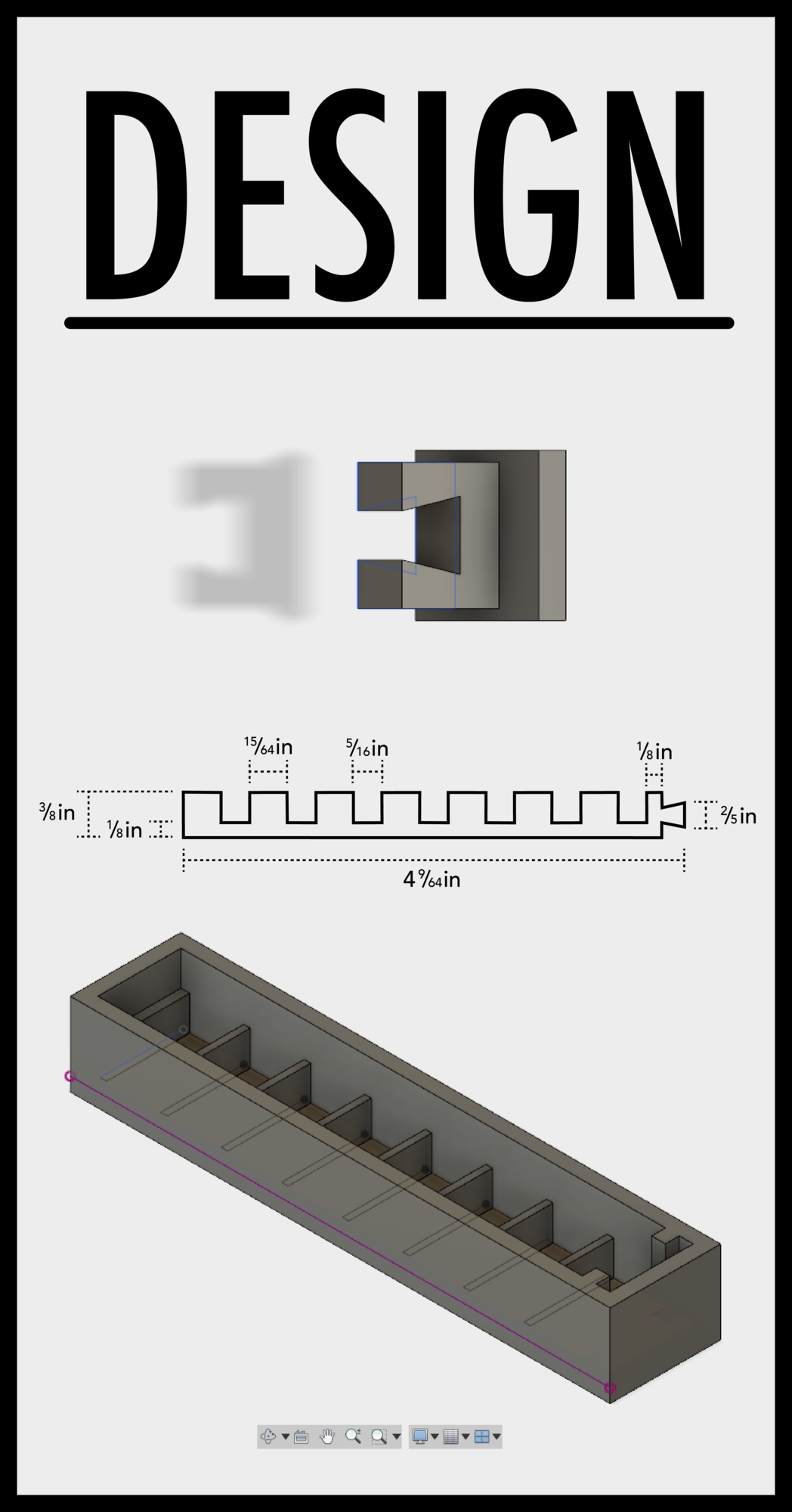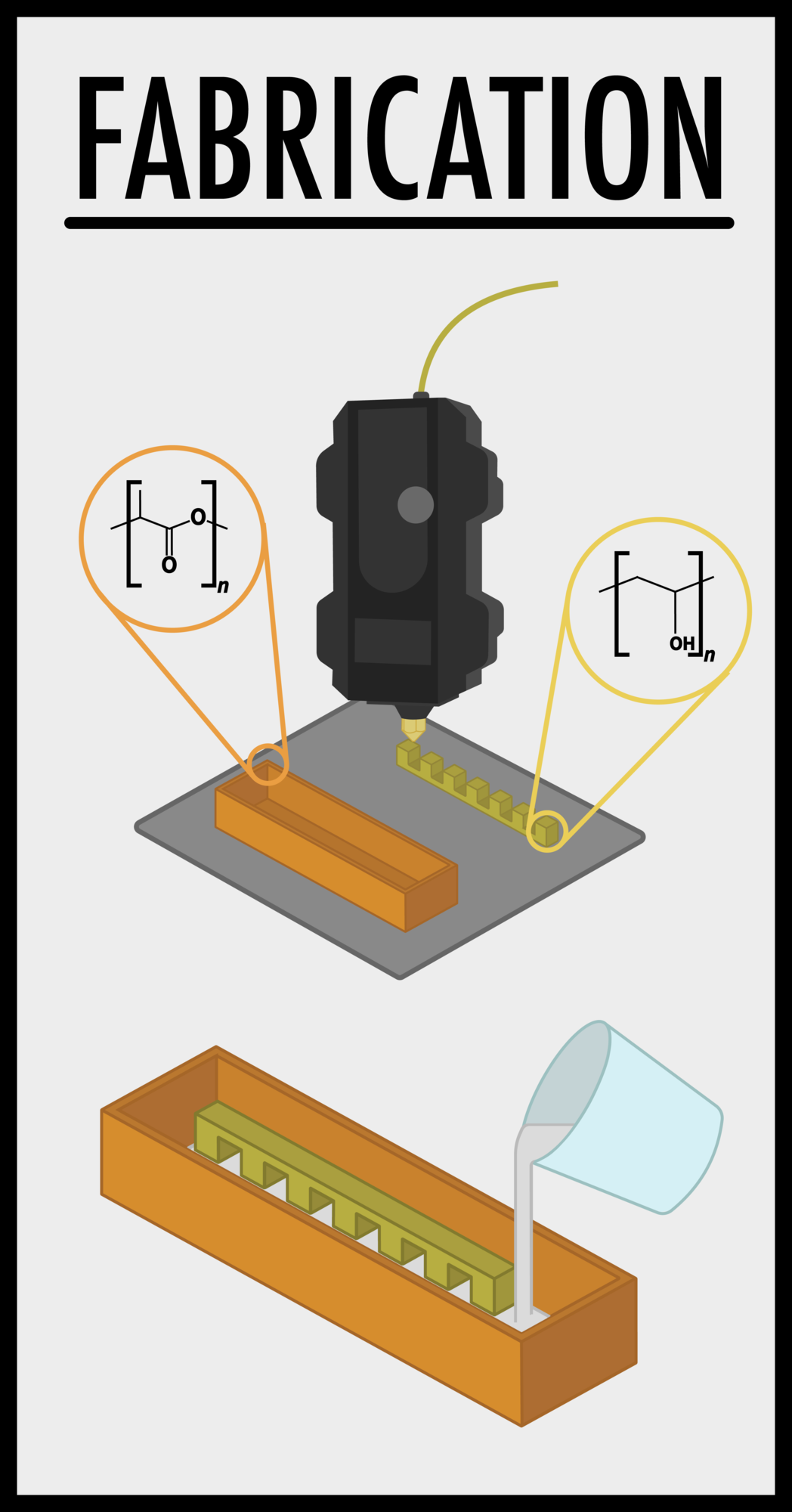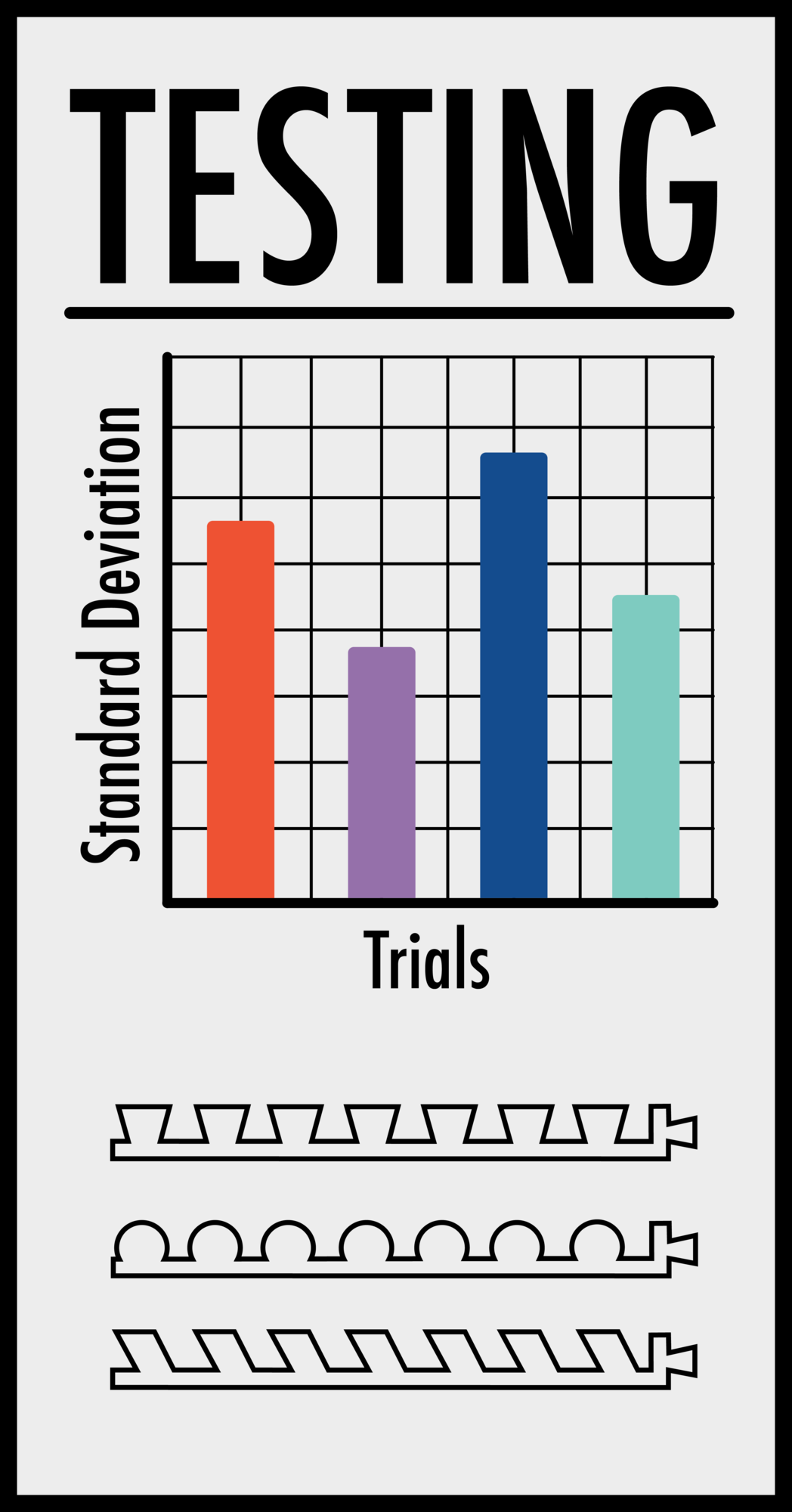An Exploration into Modular, Continuous-Pour Soft Robotic Actuators with Soluble Inserts for Improved Actuation
One of the goals of soft robotics is to simplify and increase the efficiency of the actuator fabrication process. Traditionally, a two part mold has been used to create simple soft robotic actuators. In order to increase the durability of the actuator, we set out to design a new, single-mold system made from common household materials. Our Soft Robotics Team decided to try and develop molds and methods that would result in stronger actuators and easier development. Students and hobbyists are gaining interest in soft robotics, so we wanted to increase the access to high-quality actuators by simplifying the fabrication process. We believe that using soluble inserts and a continuous-pour mold allows for actuators to be produced with less expensive and more readily available materials. Additionally, we believe that this single pour method will eliminate the reoccurring problem of delamination, a drawback of the two-part molding system.
Soft Robotics has a place in the lab, manufacturing facilities, and at the kitchen table. As an application for our new actuators, we specifically looked into the use of soft robotics in the ceramics classroom. In tandem to our exploration with continuous-pour actuators with soluble inserts, we collaborated with our art teacher and attempted to manufacture a soft robotics glove able to help teach novice artists how to throw a clay pot.
In our research, we proceeded to:
1. Conduct background analysis on PneuNet actuators
2. Design a manufacturing process for continuous-pour actuators using dissolvable inserts
3. Fabricate and test the King Actuator (The name "King" comes from Edward King, who conceptualized the idea)
4. Design, fabricate, and test a pressure-sensing glove for use inside of the ceramics classroom
Use the buttons below to navigate to the individual sections of our project:
The following infographic gives a general overview of our design process this year:
